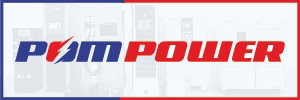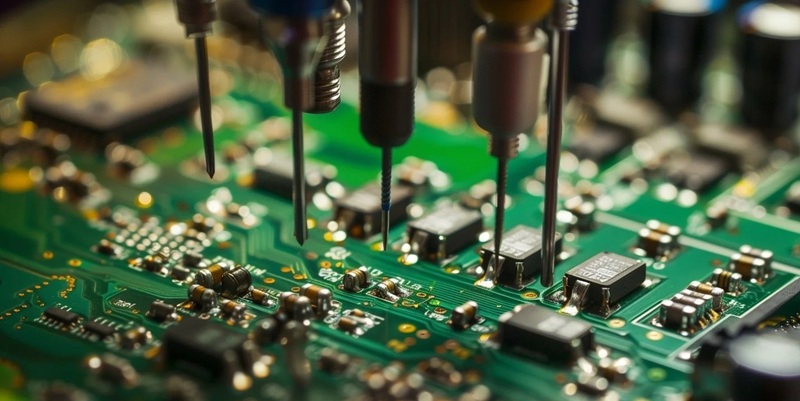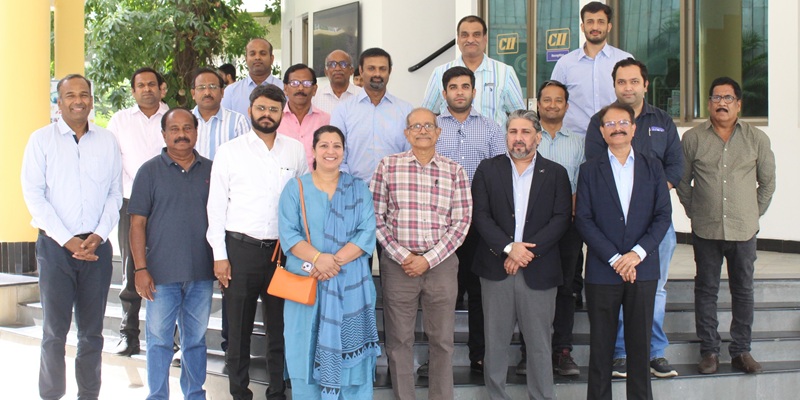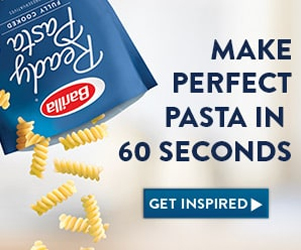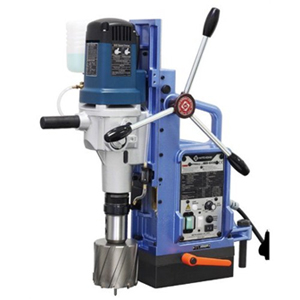Schedule a Call Back
Injection Moulding of Metal Components
 Technical Articles
Technical Articles- Jun 30,11
Yes; you read it right! We are not speaking of Injection Moulding of Plastics; but of Metal Components! In the initial stages, the Casting route was used to manufacture various components, where considerable material needed to be removed through machining, drilling, tapping etc., to bring the component to the required shape; resulting in delays, costs, possible rejections and so forth. Then came Forging route, which helped making the component to as close the required shape as possible, with increased advantages of strength due to the grain flow etc. Even here, machining could not be eliminated though of course the material removal had reduced.

Then came the Sintering Process, for products such as Tungsten Carbide, by pressing together powdered Tungsten and Carbon to the desired shape and heating in the presence of an atmosphere (gas) that will prevent Carbon from Oxidizing, where Tungsten Carbide melts partially, working as a cement.
With technology becoming more sophisticated and specific, and with competition increasing globally with emphasis on cost reduction coupled with reducing operations, materials, energy, etc., newer ways of making various components are being tried out and with good success.

One such method available today is Metal Injection Moulding (MIM), where fine powder of the composition of the product is injected with an appropriate carrier - such as a plastic or a polymer for free flow under pressure into a mould, and the moulded component is dried and sintered. The objective of MIM is to look at miniaturisation of mechanical assemblies, combining multiple parts, and reducing assembly operations.
More efficient material usage, part consolidation opportunities,and reduced manufacturing steps to a net-shape component are all examples of savings MIM can deliver. Of course, this poses several new challenges such as shrinkage, filling and so forth and with experience, resulting in expertise, all the problems have been brought well under control. We will now see this process of MIM in more detail: Metal Injection Moulding (MIM) is an advanced manufacturing process of metal parts. MIM technology combines the design freedom of plastic injection moulding with the performance of metals and super alloys.

This technology was introduced in 1980s and ever since MIM has grown into a mainstream technology employed in a growing range of defence, aerospace, automotive, electronic, mechanical, industrial and medical applications. MIM offers designers and engineers many advantages. It is appropriate to say that MIM is an "enabling technology", i.e., it allows designers and engineers to create complex metal parts previously impossible to manufacture economically and consistently. Main advantage of MIM is cost reduction through elimination of process steps; i.e., MIM integrates many different manufacturing operations into a one-step operation. The figure below shows a part manufactured in the conventional method, v/s the same one manufactured using MIM technology

Design Guidelines for MIM Technology
??The process is best used for complex geometry. If the geometry is simple, you are probably better off die casting
??Tolerances are 0.3% of dimension or 0.02 mm, whichever is lower
??Relative Density is 99.7%
??Surface Roughness is 1 micrometre Rt and 0.2 micrometre Ra
??Part weight from 0.1g to 1.5 kg
??Since the internal stresses caused by MIM are less than those caused by machining, heat treatment will cause significantly less warpage
??The density of MIM is high enough that the porosity does not present sterilization issues in a medical setting. It is auto-clavable
??Mechanical properties are similar to wrought material, and
??There needs to be a flat surface support or "sacrificial leg". Once broken, leaves "gate marks" on part.
Materials
??Stainless Steels: 304L,316L,347,17-4PH,410L,420,430L and 440C
??Carbon and Low Alloyed Steel: FeNi2 and FeNi8
??Super Alloys: Invar and Lovar
??Cobalt-based Low Alloy Steels, Inconel 625, Inconel 718, hastalloy X, F75, Stellite
??Tungsten Alloy: W-Cu
??Oxygen-free Copper, and
??Titanium 6,4 and Titanium CP
Why MIM?

??Flexible designs similar to plastic injection moulding
??High performance hardness and density, and
??Cost reduction through elimination of process steps
The Flexibility of Injection Moulding - in Metal
MIM offers the creative freedom of plastic injection moulding - in metal. If a part can be moulded in plastic, it can most likely be produced in metal with MIM. This flexibility allows designers to create organically, without the forced simplicity of dies or the cost of piece-by-piece machining.
When this freedom is combined with the availability of high performance alloys and the potential for real cost reduction, MIM becomes much more than just another manufacturing technology.

It becomes a powerful tool for both product design and business strategy. Small, complex metal parts, MIM can reduce unit cost, improving both profitability and strategic position. This has led firms to adopt MIM as a core technology and competitive advantage.
Moulding vs. Machining
High speed CNC machining can look very slow when compared with the mass production speed of MIM. This translates directly to cost for production runs of 10,000 parts and above.

At higher production volumes (100,000+ parts per month), MIM may be the only viable alternative. As volumes grow, a transition to MIM is worth exploring.
Material Waste Reduction
Metal injection moulding creates a net or near net shape part with virtually no associated waste. Injection runners are recycled on-site to further reduce the cost of both raw material and waste disposal. Additionally, MIM's design freedom allows the creation of voids and rib-reinforced structures - reducing mass, weight and cost.
Improved Properties
MIM parts are typically 95% to 98% dense, approaching wrought material properties.
MIM parts achieve greater strength, better corrosion resistance, and improved magnetic properties when compared to conventional powder metallurgy processes.
No Cost Features
MIM provides intricate features such as dovetails, slots, undercuts, threads, and complex curved surfaces. MIM can produce cylindrical parts with greater length-to-diameter ratios. It also gives designers the power to incorporate features such as surface textures and logos at no additional cost. Features are created only once - in tooling.

Combined Components
MIM allows designers to combine multiple components into a single MIM part, improving product design, performance and cost.
Metal Injection Moulding Process
MIM has many of the same constraints as Injection Moulding. The primary difference is instead of a single polymer, a combination of metal and polymer (binder) particles are used. The metal powder is mixed with a binder and formed in the mold. At this point, the part is called "green" and can still be reground. The binder is then removed through a combination of water (~50% of binder is water soluble) and heat. Once all of the binder is removed, the only thing left holding the metal particles together are the Van Der Waal forces. At this point the part is called "brown" The brown part is then sintered, which shrinks it down to size
Strategic Fit for MIM Parts
Plastics: Better strength, higher temperatures, better image, MIM is higher cost.
PM: Better strength and corrosion resistance, Enables significantly more complex parts.
Casting: No large voids, same or better properties, better tolerances, thinner walls, smaller holes.
Machining: Same performance (except tolerance), weight and size reduction, Ability to produce parts in tough to machine materials.
MIM vs Other Technologies
When designing metal components it is important to understand how MIM compares with more traditional forming technologies.

CNC Machining
Both metal injection moulding and CNC machining can be used to create complex, precise component shapes. With machining, each part is individually cut, whereas with MIM only the injection tool is. This is particularly significant with difficult-to-machine materials such as Tungsten carbide, titanium or tungsten-copper.
MIM is slightly less precise than machining so MIM combines moulding with limited machining to deliver economical, high-precision parts. Metal injection moulding also offers both volume production and shorter lead-times compared to CNC once tooling is created. This enables a faster response to changes in end-user demand.
MIM vs Machining
??MIM designs save material and weight
??MIM provides cost savings through better material utilization--sprues and runners can be reground and reused as feedstock with no compromise to final properties, and
??Moulding from a single tool eliminates multiple set-up operations
??Difficult-to-machine materials can be moulded into a net shape.
Conversion to MIM From Machining
??Originally two machined and brazed parts
??Cost reduction 50 %, and
??Weight reduction 50 %.
Press and Sinter (PM)
Traditional powder metallurgy or PM is an economical solution for simple shapes. High strength and hardness are normal attributes of MIM, machined and cast components. PM suffers in these categories due to its inherently lower density.
MIM vs Conventional PM
??MIM can produce geometries that eliminate secondary operations
??MIM offers superior density, corrosion performance, strength, ductility
??MIM can combine two or more PM components into one, reducing part count, and
??MIM parts offer superior magnetic performance.

Powder Metallurgy
??Originally pressed, sintered and machined
??Smaller holes can be made in MIM, and
??Cost reduction 10 %.
Die Casting
Investment casting is less precise than either MIM or machining and not usually the optimal choice for small, complex geometries.
MIM vs Investment Casting
??MIM can produce thinner wall sections, sharper cutting points
??MIM produces better surface finish
??MIM is better for small-diameter blind and through holes
??MIM greatly reduces requirements for finish machining, and
??MIM produces high volumes of small components at a lower cost, faster lead times.
Technology Comparisons
There is a place for each of the traditional metal-forming processes: each has its own strong suits as well as its limitations.
But wherever a component fabrication choice exists between MIM and one or more of the other processes, it pays to see how they stack up in a head-to-head comparison.
Tables 1 & 2 show how the four major processes fare in some of the more important parameters to consider. Also shown are pictures, by way of examples, of items being produced using the MIM route.
Other MIM Applications
Thus, the use of the MIM route is limited only by the imagination of the user and the more intricate the shape of the component, the more advantageous it will be to use the MIM process for manufacture of the component. The author will be available to assist anyone to evaluate the possibilities of manufacture of any component using the MIM route, if one sends drawings of the component with the quantity and the material composition etc. . .
(For further information, contact: MET MIM Technologies, No. 126, Ballur cross, Attibele Post, Bangalore Dist. 562107. Tel: 080-27821188 / Mobile phone: 098864-94441. Email: cn@metgroup.co.in)
Related Products
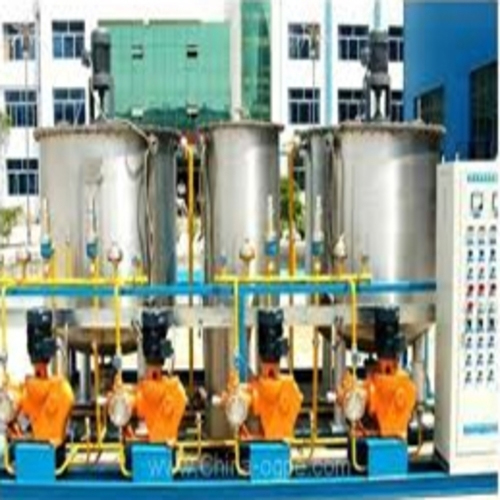
Ozone System
Omnicorp Environs & Infratech Co offers a wide range of ozone systems.
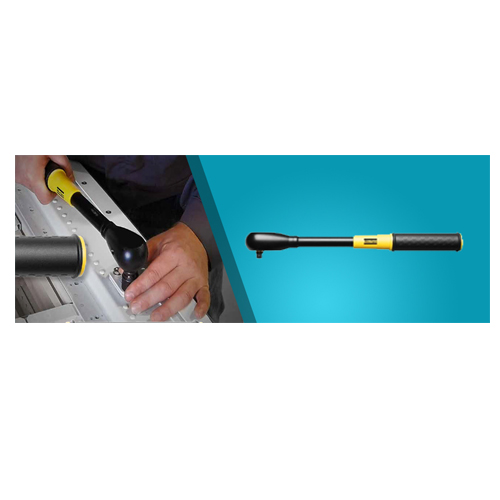
SWR ’Slipping’ Wrenches
Reliable
Trade Links offers a wide range of SWR ’slipping’ wrenches.

Gripping Systems – Rgg
Schunk Intec India Pvt Ltd offers a wide range of Gripping Systems – RGG - cleaning
device with shank interface.


